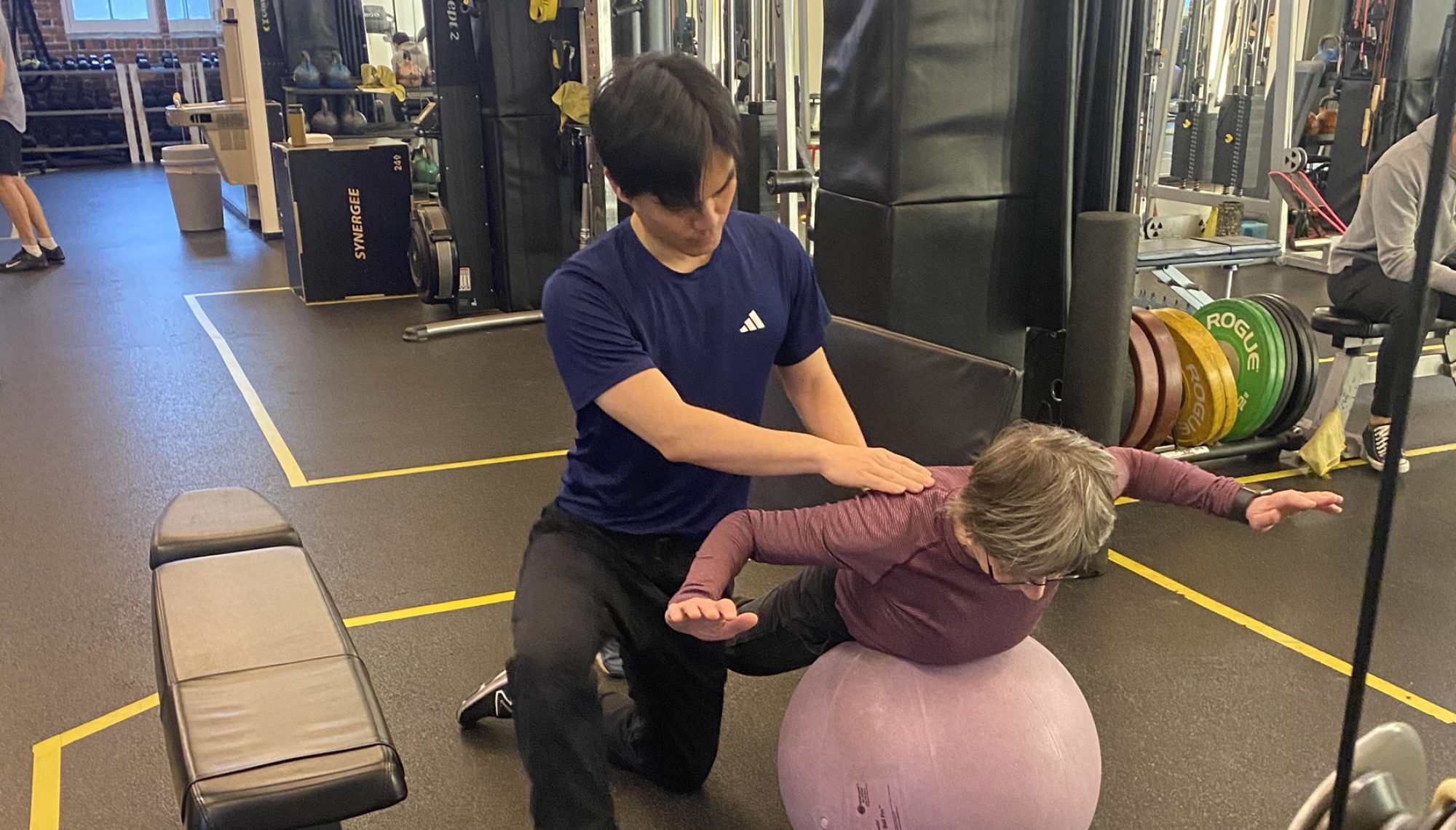Training seniors requires a unique approach that focuses on safety, adaptability, and practicality. Often, the most important aspect of senior fitness isn’t just what exercises to include, but what to avoid. Let’s explore common pitfalls and how to steer clear of them.
How to Design an Effective Senior Fitness Program
Creating a fitness program for seniors is all about focusing on their unique needs and goals. This blog explores key elements that should be included in an effective program for older adults.
Power Training in Your Workout Routine
Are you incorporating power training into your fitness routine? If not, I highly recommend you start. Power training can elevate your workout, offering numerous benefits that extend beyond traditional strength training.
In this blog post, we will explore what power training is, why it is beneficial, and how to safely incorporate it into your exercise regimen.
Enhancing Mobility for Fall Prevention
As we age, our body naturally becomes stiffer, which can increase the risk of falls. Maintaining good mobility, particularly in the ankles, is a key aspect of fall prevention.
In this post, we’ll focus on how improving ankle mobility can enhance stability and keep you moving confidently.
Fitness at 50: What Should You Aim For?
Maintaining strength and fitness is crucial at every stage of life, especially as you age. For individuals in their 50s, understanding key strength benchmarks can help you gauge your overall health and performance.
Strength vs. Endurance Training for Upper Cross Syndrome
In Part 1, we introduced Upper Cross Syndrome and its postural effects. Here, we’ll examine how strength and endurance training affect posture correction, and why endurance-based exercises are better suited for addressing UCS.
Fall Prevention: Building Balance with Strength Training
Falls are a significant concern as we age, often resulting in injuries that can impact independence and quality of life. Preventing falls starts with understanding how our body maintains balance and incorporating effective exercises into our routine.
In this post, we’ll explore the importance of building strength—specifically in the gluteus maximus—and how it plays a crucial role in balance and fall prevention.
Understanding Upper Cross Syndrome and Why Training Matters
Upper Cross Syndrome (UCS) is a common postural condition caused by an imbalance between tight and elongated muscles in the upper body. Often leading to a kyphotic (rounded upper back) posture, UCS can result in discomfort and mobility issues if left unaddressed. Correcting this condition requires a thoughtful approach to training.
In this two-part series, we’ll explore the importance of understanding UCS and how endurance-based training can effectively improve posture.








